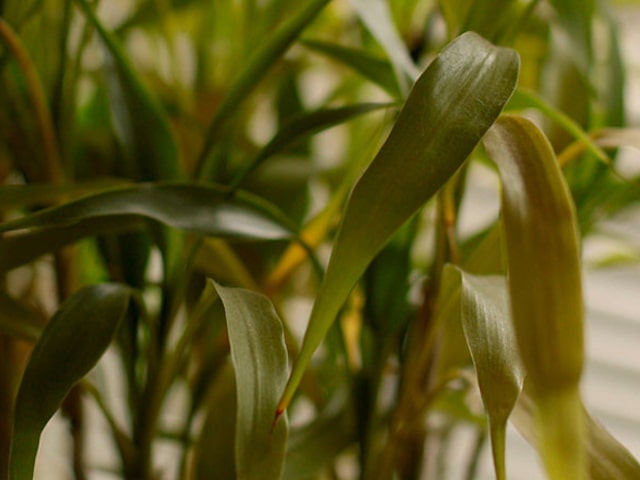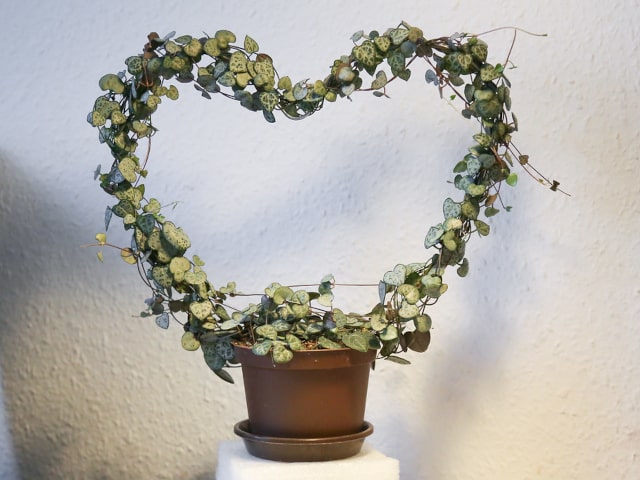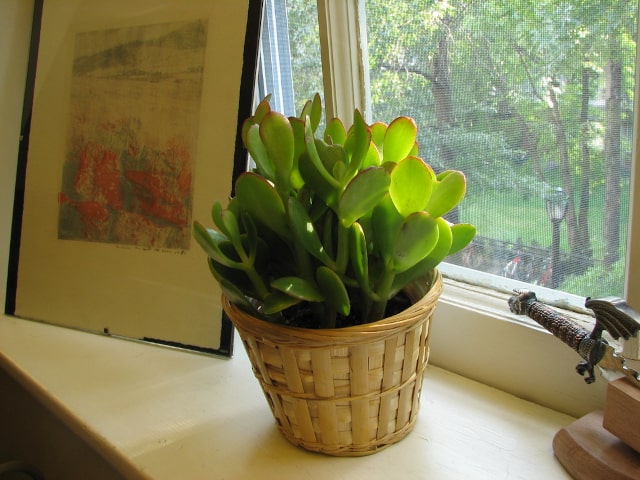
It's not unusual for houseplants to develop brown tips on the leaves.
There are several reasons why plants develop brown tips.
What is important to know is that you can stop it and cure your plants once you understand what's causing the problem.
Common Reasons for Brown Tips
There are many reasons why houseplants may develop brown tips on their leaves. The most common causes are:
- Overfertilizing. Using too much fertilizer will cause salts to burn the leaves. The salt will accumulate on the roots and other parts of the plant and as a consequence it will burn the leaves, causing the brown spots.
- Incorrect watering. Both overwatering and underwatering can cause brown tips on leaves. In the case of underwatering, you are allowing the plant to wilt down before you provide it with more water, which can cause brown spots. Another way to underwater a plant is the so-called "fake watering". It happens when the soil has dried out and the plant is watered. The water takes the path of least resistance and accumulated on the bottom of the pot. It doesn't really make the roots moist enough. Overwatering is a common reason of brown tips on the leaves. When this happens the plant roots are swimming in water, which makes them to rot. Less roots also mean less leaves, and the oldest leaves are usually the first ones to get brown. This is why it's good to use self-watering pots because they prevent overwatering.
- Too much heat. Sometimes, it's impossible to avoid the heat in your home, but there are always certain hot and cold spots indoors. Make sure that your plant is not placed on an extremely hot spot that will make it overheat, which can cause brown tips.
- Pests. The activity of many pests can cause browning of the leaves. If you notice pests, you need to control them. It's best to use natural, organic insecticides.
- Change in the environment. Stress and environmental changes can cause browning of the leaves.You need to understand that plants are sensitive. Some species and varieties are more prone to stress than the others, but all plants react to changes in their environment. Sometimes, even a simple, short-term change such as opening the house up after cold winter months to air things out can cause stress and brown tips. Other common changed in the environment include moving the plant or change in the watering schedule.
When considering environmental factors and your plant's requirements, consider the plant's species and variety, its root system, if the plant is new and getting acclimated and if the plant is actively growing.
Many times, it's a combination of these factors and many others. Sometimes, brown tips are not a sign of a disease but a natural occurrence. Certain plants with rich flowers use much of the nutrients for flowers so the rest of the plant, such as leaves, don't get enough of the nutrients. It may cause the browning of leaves. The brown tips mostly occur on the older leaves at the bottom. These leaves can take the food in the same way the new growing leaves can. In these cases, brown tips or even leaf loss are natural.
In other cases, it's probably one of the reasons listed above, or their combination. For this reason, it's important to take the best care of your plant.
One word of warning: brown tips don't automatically mean that your plant needs fertilizer or that it has to be repotted. In many cases it may just be the opposite. For this reason, it's crucial to examine your plant carefully for all the signs and potential causes of brown tips so you know how to react.
Photo credit: waferboard




0 Comments